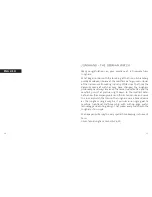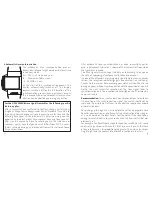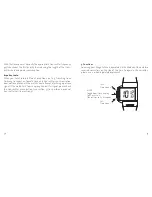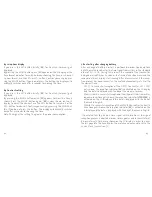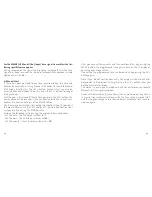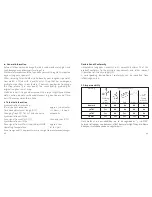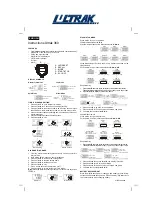
39
38
If synchronisation is not possible with the transmitter
shown, all other transmitters get checked for possible
reception of the time signal. As soon as a time signal
has been picked up, the digital seconds on the LC
display start running.
Once your watch has picked up a signal, it automatically sets itself to
the current time; the date display shows the transmitter from which
the time signal was received and the radio tower.
Should you be in a time zone different to that of the transmitter that
the watch picked up, you will need to set the applicable local time for
that location (see section 6.1) once synchronisation has been success-
fully completed.
While the watch is receiving a signal from the transmitter the follo-
wing time zones are shown:
Transmitter
Time transmitted
EU:
DCF77 (Europe)
CET or CEST
JP40: JJY40 (Japan)
Japanese local time
JP60: JJY60 (Japan)
Japanese local time
US:
WWVB (North America)
Pacific time
Manual synchronisation can be aborted at any time by pressing the
MODE button.
For the WWVB (USA) and JJY60 (Japan) time signal transmitters the
following specific feature applies:
During reception of the signal the LC display switches off. After the
time signal has been received, the indicator automatically becomes
visible again on the LC display.
5.1 Automatic transmitter search
In areas with poor reception conditions (e. g. caused
by an increased number of sources of interference or
an unfavourable topographic situation) we recom-
mend disabling automatic search.
To do this, press the SET button briefly once during a
manual transmitter call or restart.
[
SET
] appears on the display and the currently set
transmitter and radio tower flash. By using the
numbers, you can select the order for the process of
transmitter synchronisation. In the standard setting
(number 2) synchronisation starts with the DCF77
transmitter.


